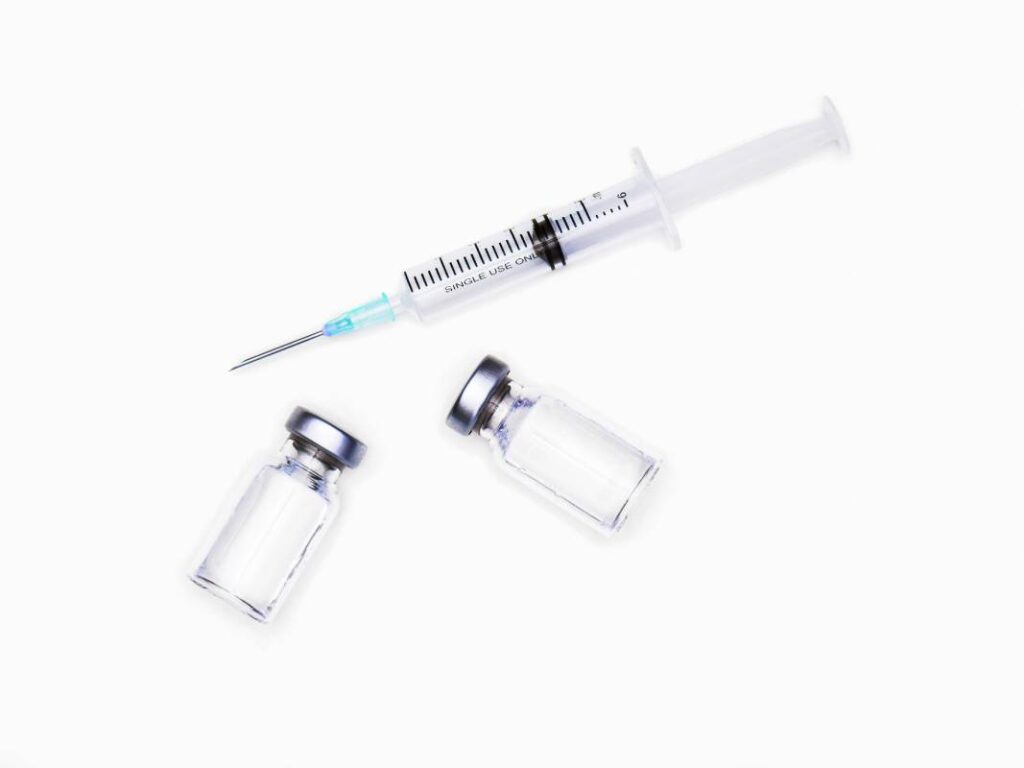Over the past couple of decades, drug shortages have become a relatively common occurrence in clinical settings. According to an American Hospital Association (AHA) survey of community hospitals, nearly 50% of responding hospitals reported at least 21 drug shortages within the first 6 months of 2011, and more than 99% of hospitals reported at least 1 drug shortage within the same time period. Approximately 80% of drug shortages involve sterile injectable drugs, such as anesthetic agents and chemotherapy drugs (1). One of the most commonly used anesthetic agents is propofol, as it has many clinically desirable characteristics. However, healthcare facilities and providers must be prepared to find and use alternatives in the case of a propofol shortage.
Propofol is an agonist of the gamma-aminobutyric acid (GABA) receptor, and exerts sedative and general anesthetic effects by reducing excitability and enhancing the central inhibitory effects of the GABA neurotransmitter (2). Notably, in the early 2010s, there was a shortage of propofol that forced many surgical facilities to turn to alternatives, either in medication or in anesthesia approach. This propofol deficit kicked off following a verdict against Teva Pharmaceuticals, a major supplier of ∼40% of the US market share at the time, for unsanitary drug practices after a hepatitis C outbreak. Despite being tangentially involved, Teva and Baxter (their partner) were found responsible and ordered to pay almost half a billion dollars. Around the same time, Hospira voluntarily closed its manufacturing plant in North Carolina to address quality assurance and regulatory issues that had been identified during inspections by the FDA. (3).
Ciprofol, a novel anesthetic agent based on structural modifications of propofol, is one of the propofol alternatives in case of shortage. Like propofol, ciprofol is a positive allosteric modulator and direct agonist of the GABA receptor. However, the presence of a cyclopropyl moiety in ciprofol leads to increased GABA receptor affinity compared to propofol. In clinical trials, the efficacy and safety characteristics of ciprofol were compared with those of propofol in different clinical scenarios (2).
A phase III clinical trial was conducted in China to compare the effects of ciprofol and propofol on the induction of deep sedation during gastroscopy (n = 30) and colonoscopy (n = 259) procedures. It was found that there were no significant differences between the two groups in terms of induction time (MOAA/S ≤ 1 after administration of the initial dose), insertion time, and insertion success rates. However, the mean time for a patient to become fully alert in the ciprofol group was longer than the propofol group in the overall analysis, and the time to discharge of the ciprofol group was significantly longer than that of the propofol group (7.4 ± 3.1 min vs. 6.0 ± 2.1 min, P < 0.001). On the other hand, patient satisfaction scores of the ciprofol group were significantly superior to that of the propofol group (9.9 ± 0.4 vs. 9.7 ± 0.7, P = 0.001) (2).
Similarly, another phase III trial compared ciprofol with propofol for the successful induction of general anesthesia in patients (n = 176) undergoing elective surgery. The success rate of anesthesia induction in both groups was 100.0%, indicating the non-inferiority of ciprofol compared to propofol for the induction of general anesthesia. Additionally, the mean times for successful induction of general anesthesia and loss of eyelash reflexes were 0.91 and 0.80 min for ciprofol and 0.80 and 0.71 min for propofol, respectively (2). Although the time was slightly prolonged in the ciprofol group, the average time to anesthesia induction in the two groups was still within 1 min. In addition, ciprofol showed a pattern of Bispectral Index (BIS) changes similar to that of propofol and was stable during the maintenance of anesthesia. The mean satisfaction scores of anesthesiologists with ciprofol and propofol were 10.9 and 10.8, respectively, with no statistically significant differences (2).
Medication shortages can disrupt the provision of care. While preventing shortages, especially of essential drugs like propofol, is the end goal, the healthcare system must still be prepared to quickly implement alternatives when shortages inevitably occur. For propofol, research shows that ciprofol is a noninferior alternative.
References
1. Hvisdas C, Lordan A, Pizzi LT, Thoma BN. US Propofol Drug Shortages: A Review of the Problem and Stakeholder Analysis. Am Health Drug Benefits. 2013;6(4):171-175.
2. Lu M, Liu J, Wu X, Zhang Z. Ciprofol: A Novel Alternative to Propofol in Clinical Intravenous Anesthesia?. Biomed Res Int. 2023;2023:7443226. Published 2023 Jan 19. doi:10.1155/2023/7443226
3. Kramer KJ. No Shortage of Stress. Anesth Prog. 2022;69(4):1-2. doi:10.2344/anpr-69-04-07
